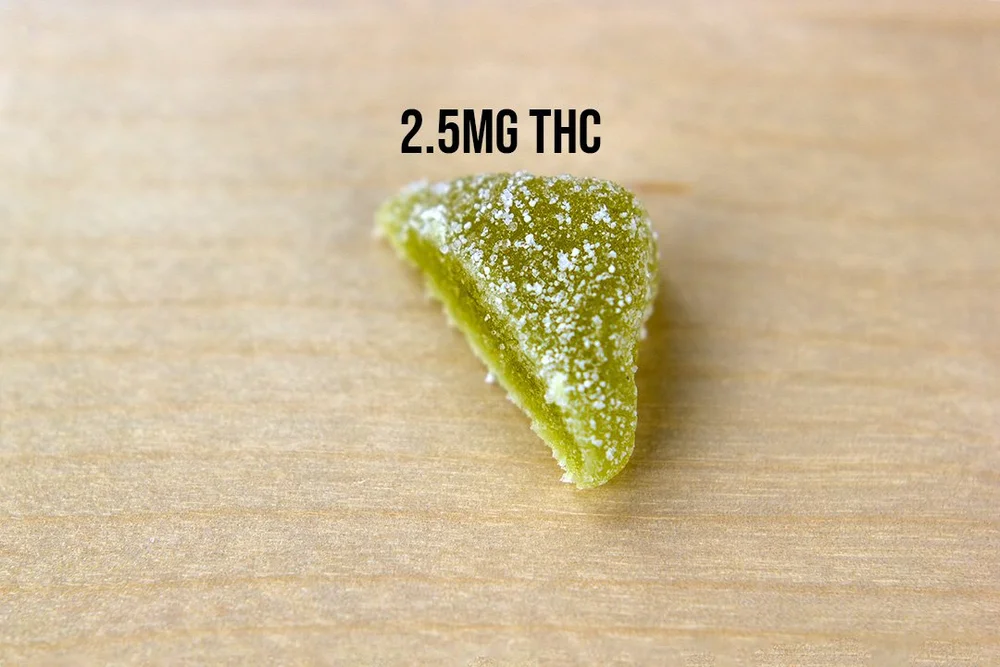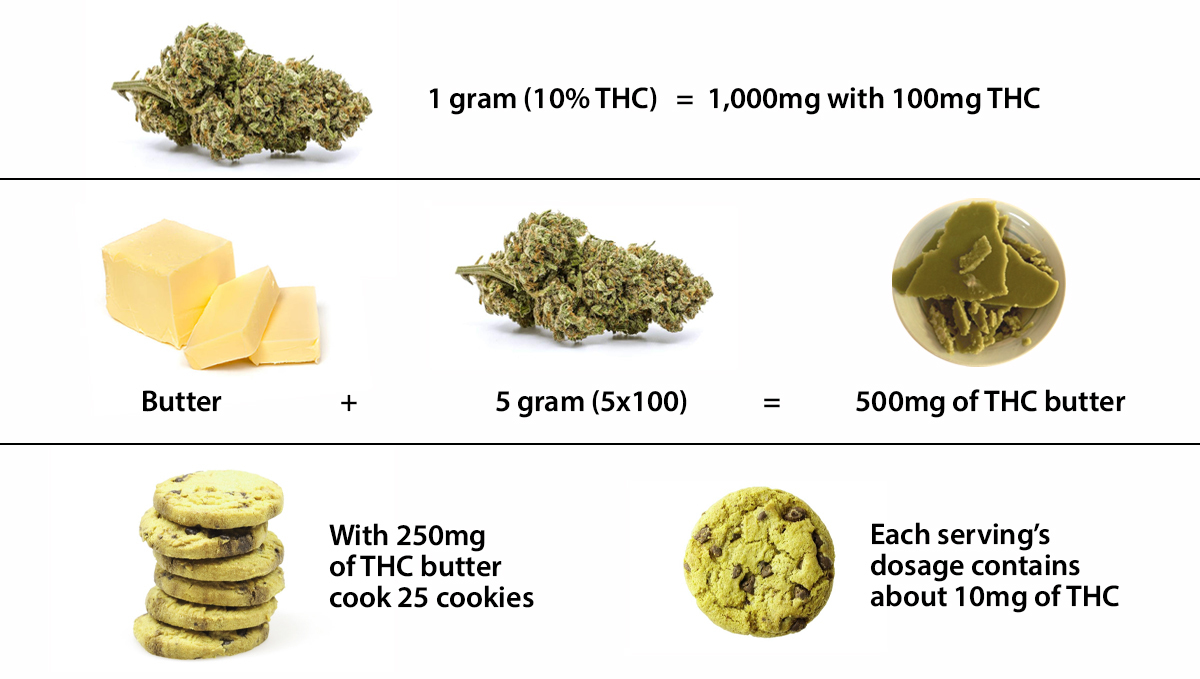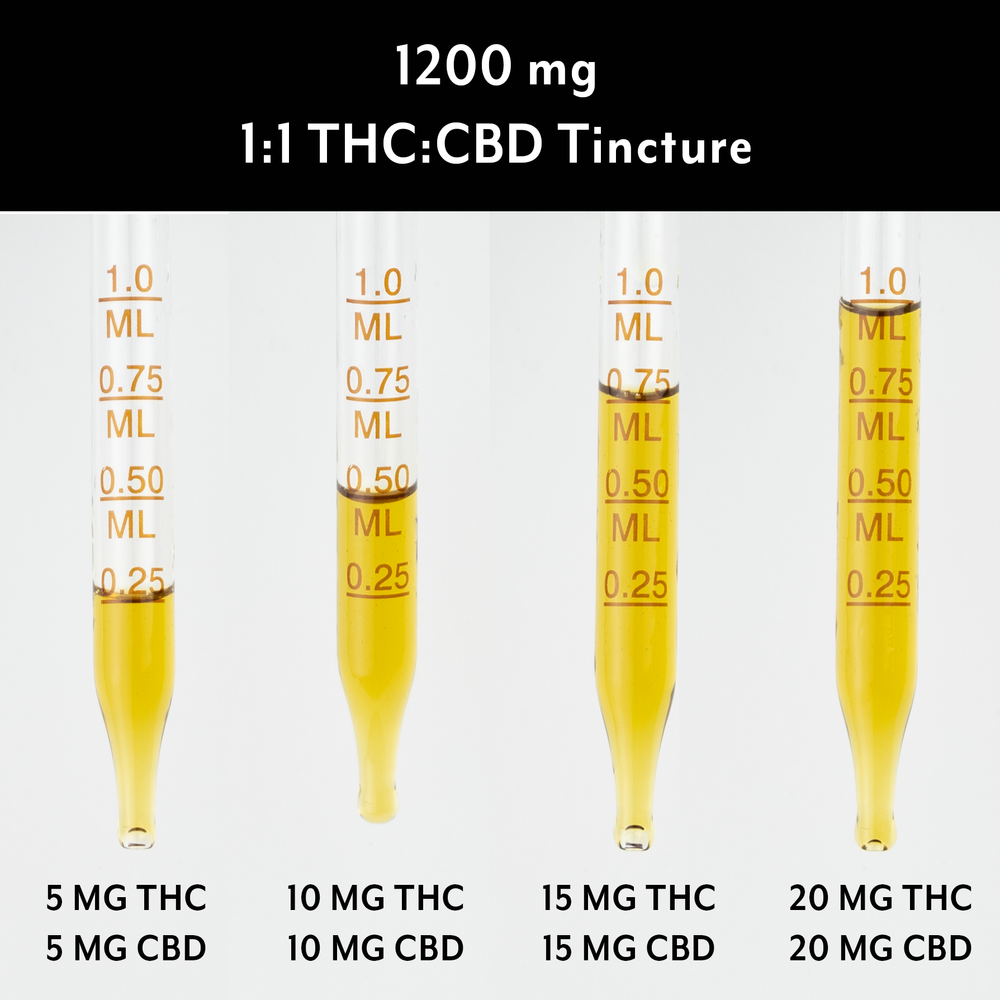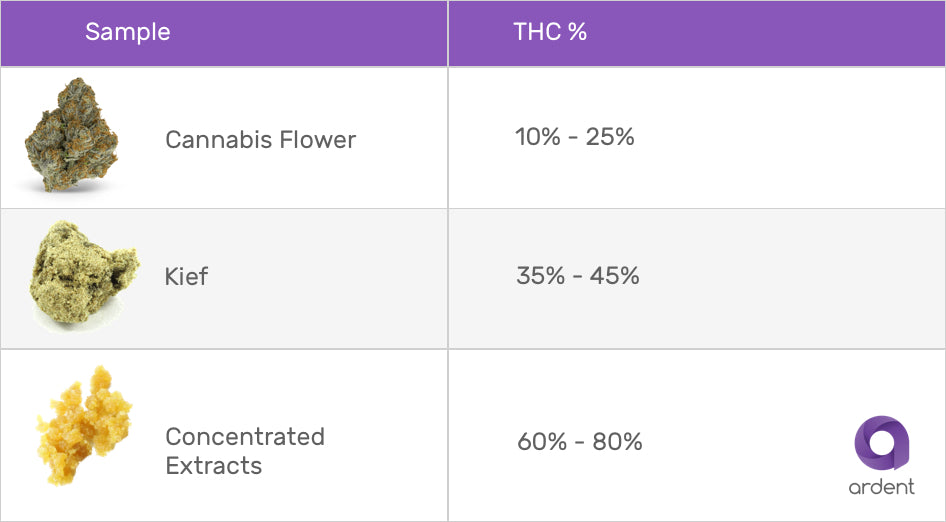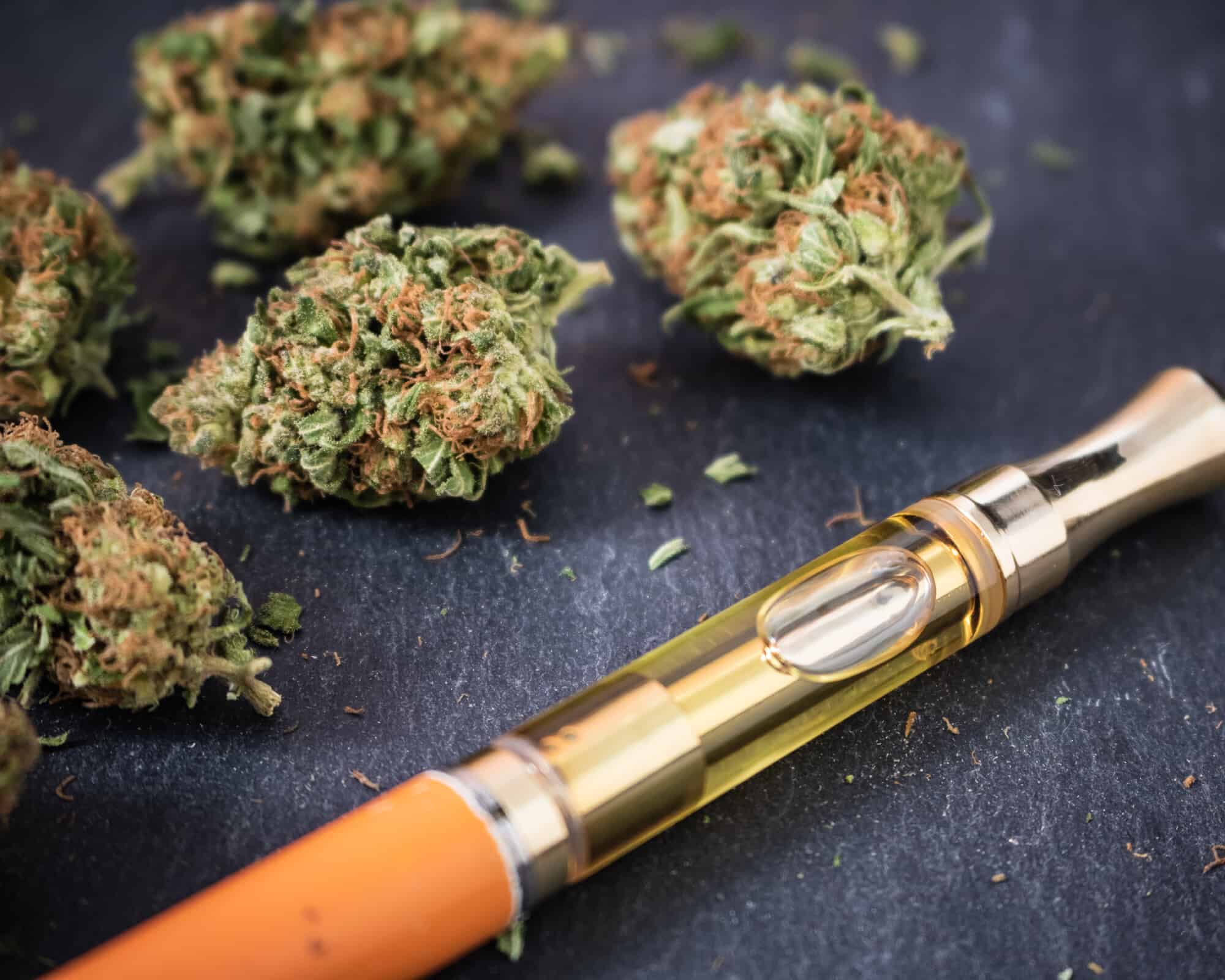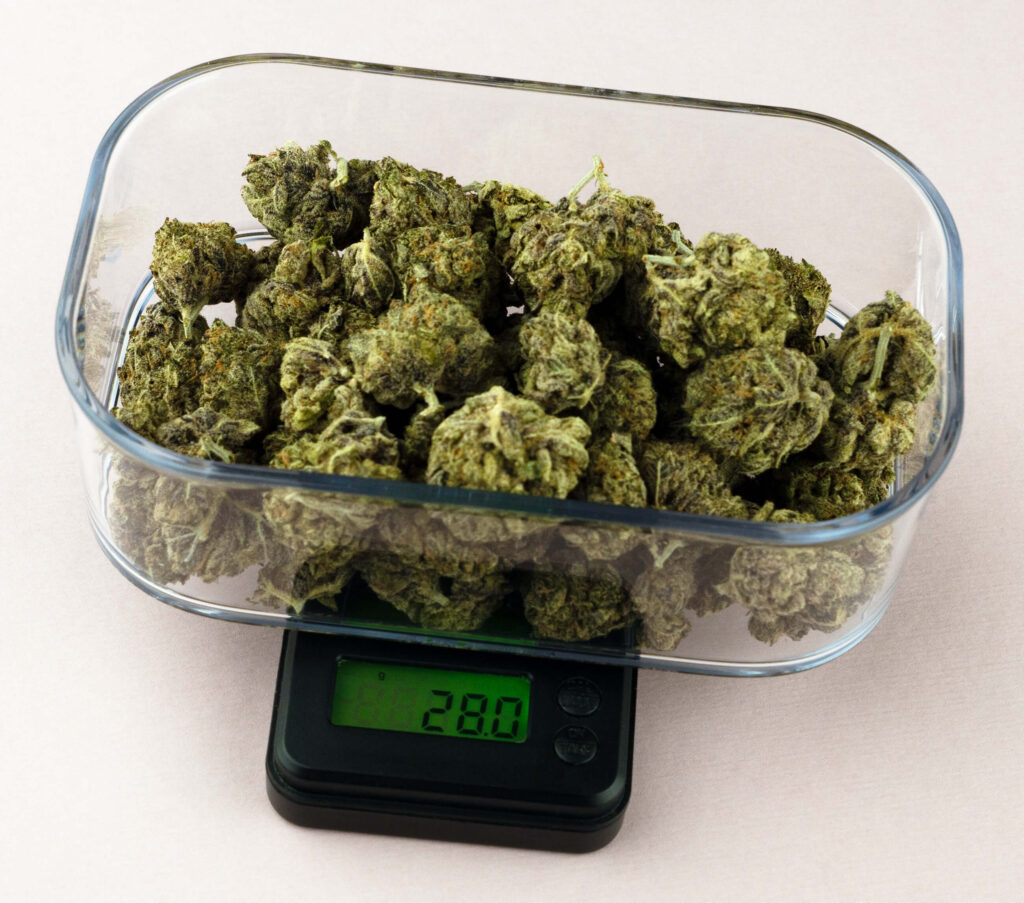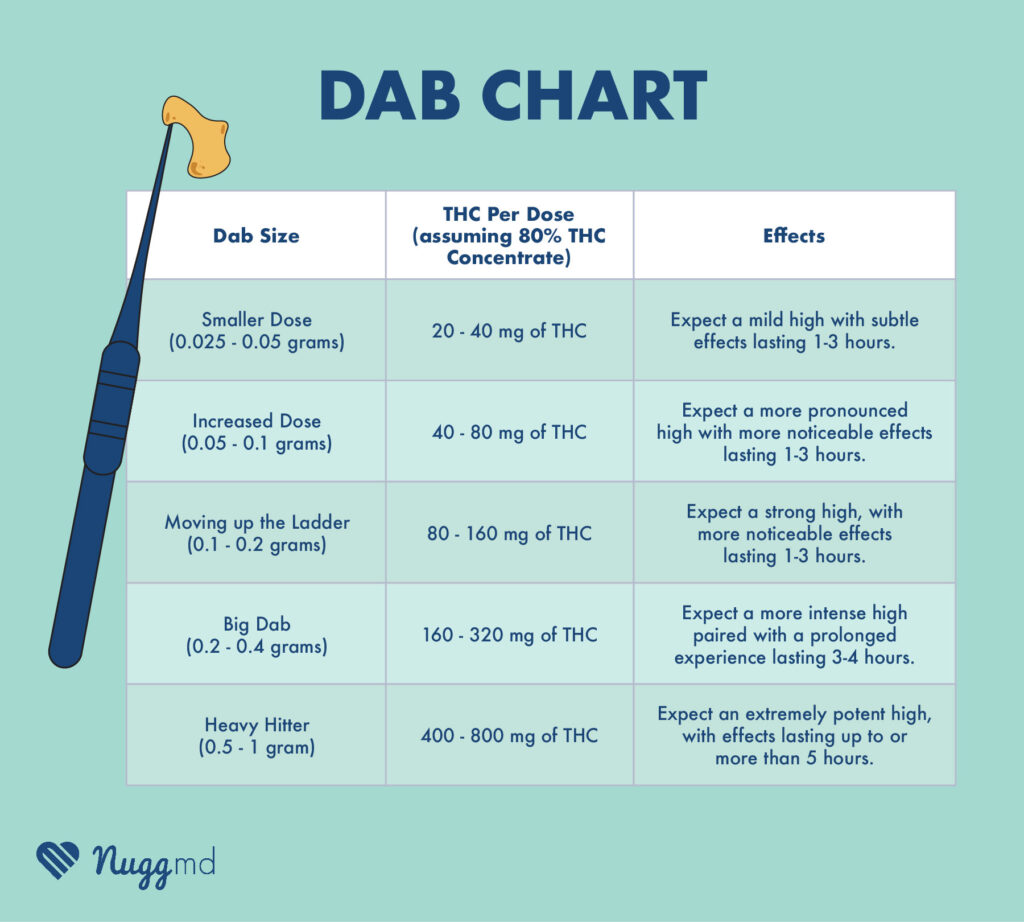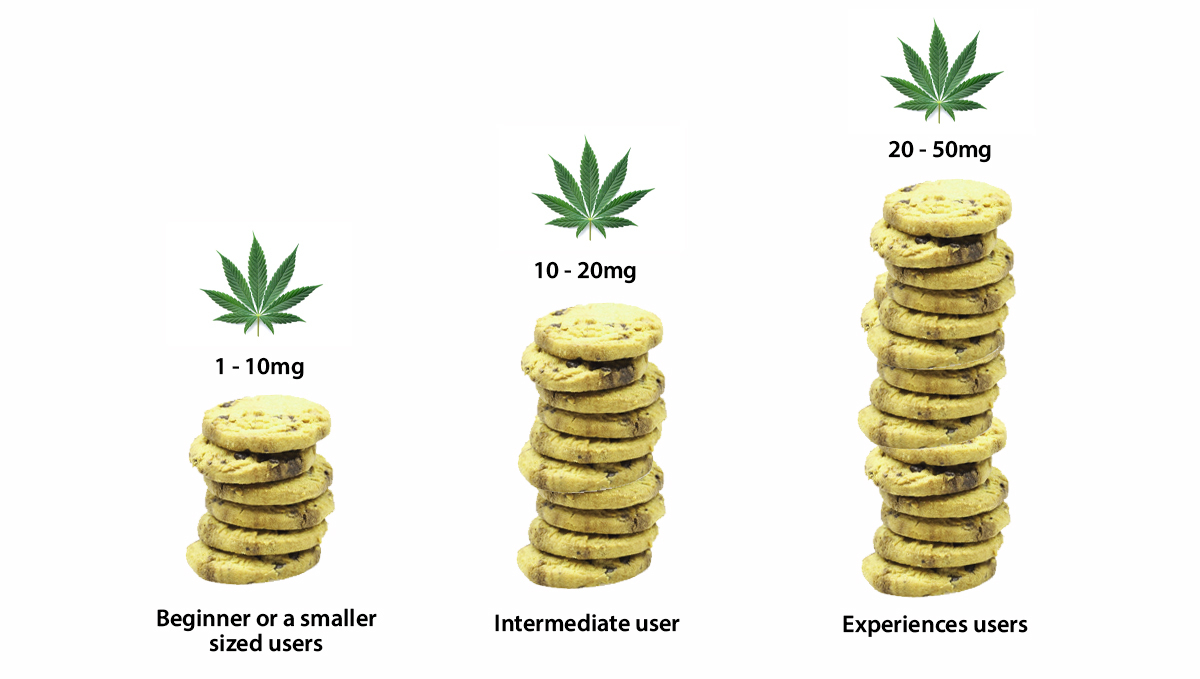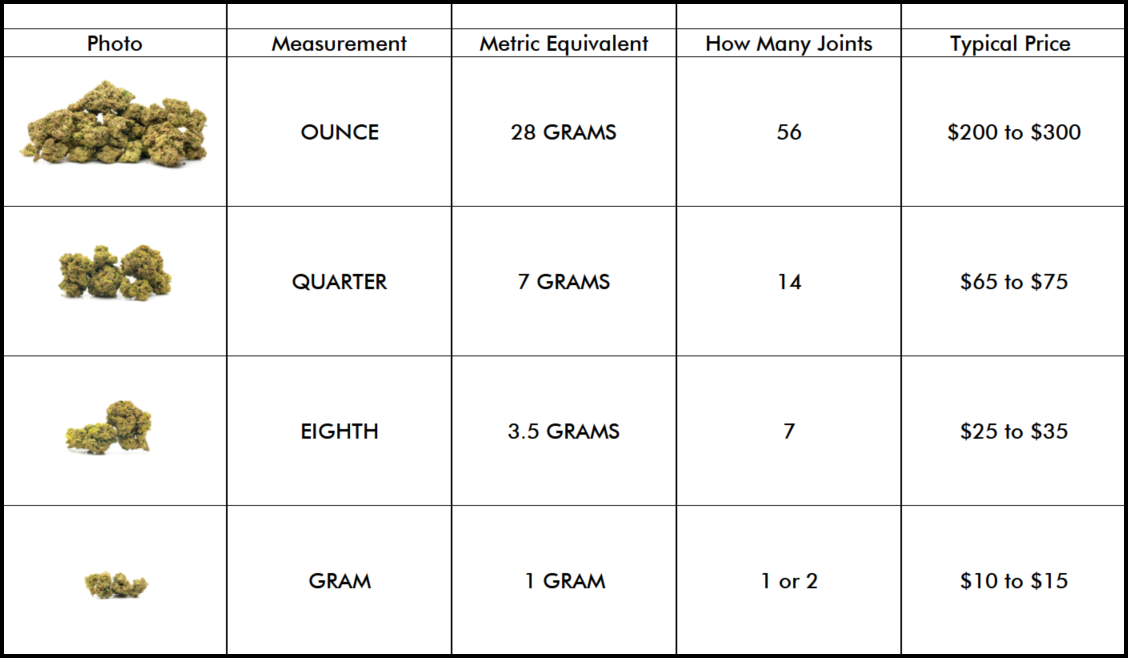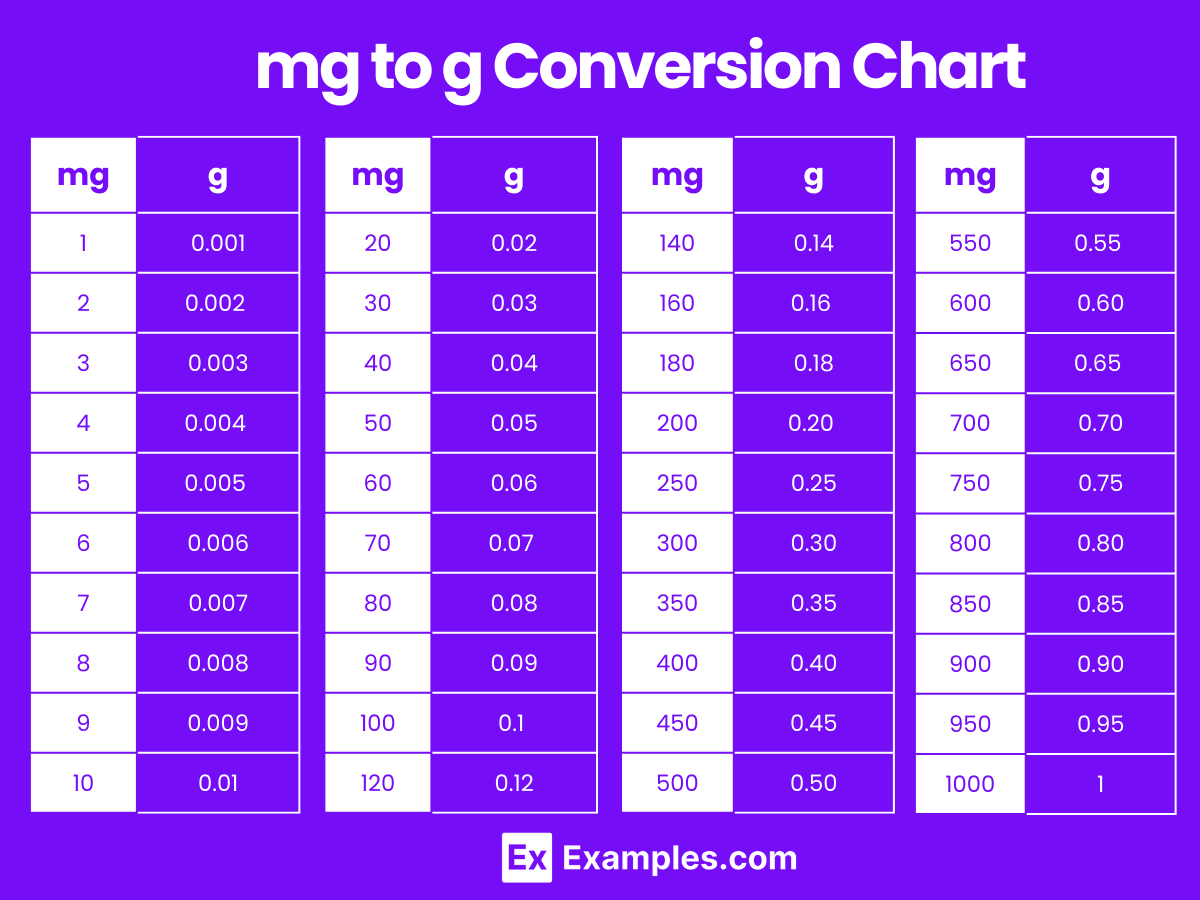How Many Mg Of Thc In A 1 Gram

Imagine strolling through a vibrant, sun-drenched garden, the air thick with the earthy aroma of cannabis plants swaying gently in the breeze. The leaves, a tapestry of greens, shimmer under the sunlight, each one hinting at the potent compounds nestled within. It's a world where understanding the nuances of these compounds, particularly THC, becomes essential for both enthusiasts and the curious.
The central question for many venturing into the realm of cannabis is: How many milligrams (mg) of THC are typically found in a single gram of cannabis flower? The answer isn't straightforward, as THC content can vary widely, but understanding the typical range and factors influencing it is crucial for informed consumption and appreciation.
Understanding THC Content in Cannabis
The concentration of THC in cannabis is often expressed as a percentage. This percentage represents the proportion of THC by weight in the total sample.
So, if a gram of cannabis flower is labeled as containing 20% THC, it means that 20% of the gram's weight is THC. In other words, there are 200mg of THC in that gram (since 1 gram = 1000mg, and 20% of 1000mg is 200mg).
Factors Influencing THC Levels
Several factors play a significant role in determining the THC content of cannabis flower. These include genetics, growing conditions, and curing methods.
Genetics: Different cannabis strains are bred to produce varying levels of THC. Some strains are known for their high potency, while others are cultivated for lower THC concentrations and higher levels of other cannabinoids like CBD.
Growing Conditions: The environment in which cannabis is grown—including light exposure, nutrient availability, and temperature—can significantly impact THC production. Optimal growing conditions can lead to higher THC levels.
Curing Methods: The curing process, which involves drying and aging the harvested cannabis, also affects the final THC content and overall quality of the flower. Proper curing techniques can preserve and even enhance the potency.
Typical THC Ranges in Cannabis Flower
While the exact THC content can vary significantly, here's a general overview of typical ranges found in cannabis flower. These ranges are approximate and can vary based on specific strains and testing methodologies.
Low THC (Below 10%): Cannabis flower with THC levels below 10% is often considered to be on the milder side. These strains may be preferred by those sensitive to THC or seeking a more subtle experience. They often contain higher levels of CBD, which can temper the effects of THC.
Moderate THC (10% - 20%): This range is considered average for many commercially available cannabis strains. These strains offer a more pronounced psychoactive effect and are suitable for experienced cannabis users.
High THC (20% - 30%): Cannabis flower with THC levels in this range is considered potent. These strains can produce strong psychoactive effects and are generally recommended for experienced users with a higher tolerance. Some strains may even exceed 30% THC, but these are less common.
Understanding Labels and Testing
It's important to note that THC percentages on cannabis labels may not always be completely accurate. Variations in testing methodologies and regulatory standards can lead to discrepancies.
Reputable dispensaries and cannabis producers typically provide lab-tested results that detail the cannabinoid profile of their products. These lab reports offer a more precise understanding of the THC and CBD content.
Always purchase cannabis from licensed and regulated sources to ensure quality and accurate labeling. Look for products that have been tested by independent laboratories.
Beyond THC: The Entourage Effect
While THC is a primary focus for many cannabis consumers, it's important to remember that it's not the only active compound in the plant. Other cannabinoids, terpenes, and flavonoids also contribute to the overall experience.
The entourage effect refers to the synergistic interaction between these compounds. This interaction can modulate the effects of THC, enhancing or diminishing its psychoactive properties and contributing to the overall therapeutic benefits of cannabis.
For example, terpenes like myrcene and limonene can influence mood, relaxation, and pain relief. Understanding the terpene profile of a cannabis strain can provide valuable insights into its potential effects.
Responsible Consumption and Dosage
Understanding the THC content of cannabis flower is essential for responsible consumption. Starting with a low dose and gradually increasing it is crucial, especially for novice users.
Consuming too much THC can lead to unpleasant side effects, such as anxiety, paranoia, and disorientation. Pay attention to your body's response and adjust your dosage accordingly.
Edibles, which are cannabis-infused foods, can have a delayed onset and more intense effects compared to smoking or vaping. Exercise caution when consuming edibles and start with a very low dose (e.g., 2.5mg to 5mg of THC).
"Always remember, cannabis affects everyone differently. What works for one person may not work for another."
The Future of Cannabis Research
As cannabis legalization expands, research into its potential benefits and risks is accelerating. Scientists are exploring the therapeutic applications of cannabis for a wide range of conditions, including pain management, anxiety, and epilepsy.
Further research is also needed to fully understand the complex interactions between cannabinoids, terpenes, and other compounds in the plant. This knowledge will help to develop more targeted and effective cannabis-based treatments.
The legal landscape surrounding cannabis is constantly evolving, so it's important to stay informed about local regulations and guidelines. Always consult with a healthcare professional before using cannabis for medicinal purposes.
Ultimately, the amount of THC in a gram of cannabis flower is just one piece of the puzzle. By understanding the factors that influence THC levels, the importance of the entourage effect, and the need for responsible consumption, we can approach cannabis with knowledge and appreciation.
As the sun sets on our imaginary cannabis garden, casting long shadows across the verdant leaves, we're reminded of the intricate relationship between humans and this fascinating plant. The journey of understanding cannabis is ongoing, filled with discoveries and potential for profound impact on well-being.
